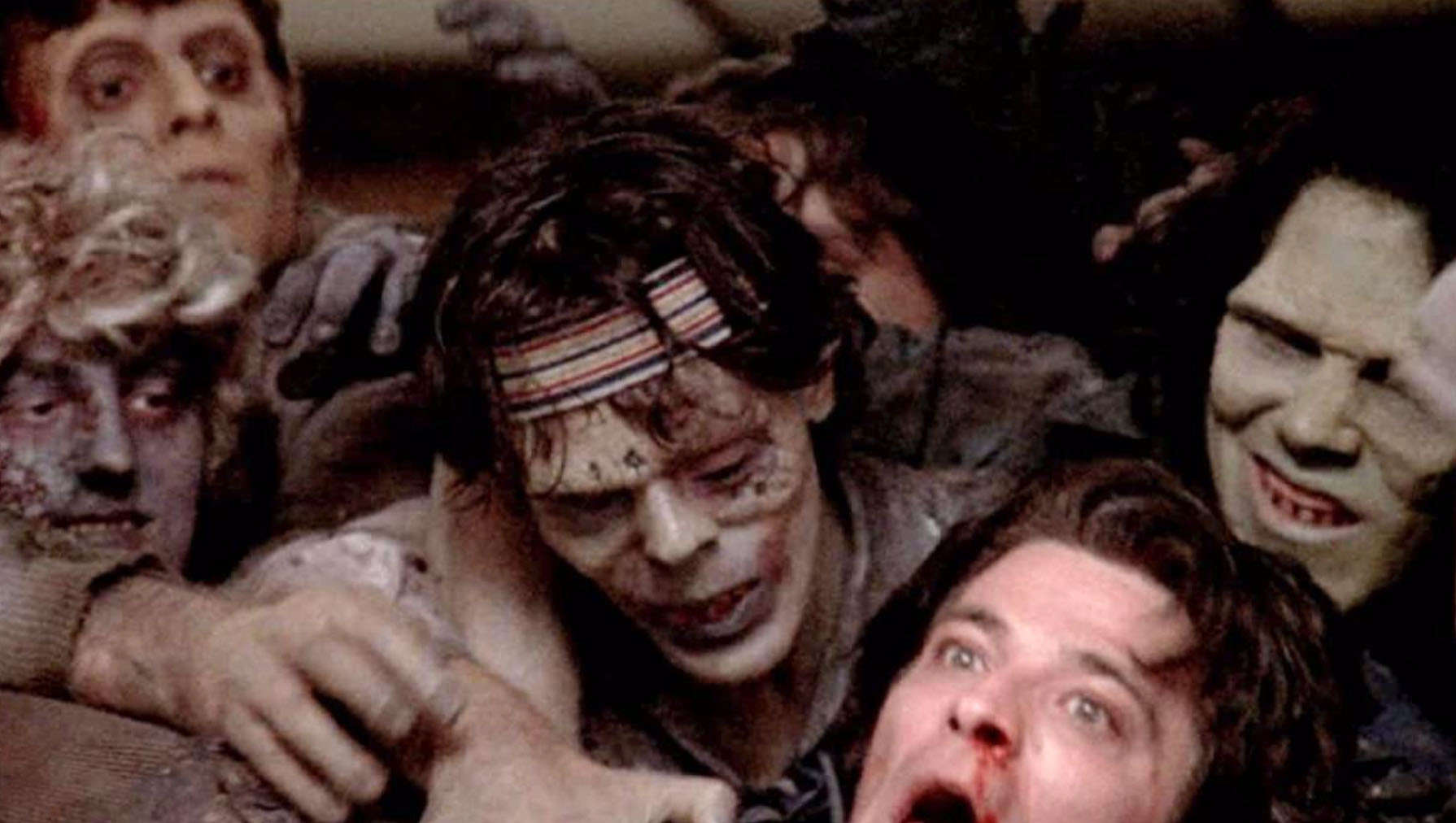Create a free profile to get unlimited access to exclusive videos, sweepstakes, and more!
Zombie gas could creep through Arctic ice, because climate change is coming for us

Anyone who’s ever seen a zombie movie can probably imagine what kind of miasma comes from hordes of decomposing bodies, but there is one kind of gas even scarier than whatever might be released by the undead.
Melting permafrost has revealed everything from Scythian graves to unbelievably intact Ice Age megafauna, but something else that has been lurking under frozen ground that was never supposed to melt. New research has now found that “zombie” greenhouse gases could seep through melting Arctic permafrost because of human activity that is causing it to melt and the organic matter in it to decompose. Carbon dioxide and methane had been trapped in undersea permafrost since mammoths and woolly rhinos roamed the Earth—and are now “reanimating”.
"Subsea permafrost contains more carbon than humans have released since the Industrial Revolution," Ben Abbott, who coauthored a study recently published in Environmental Research, told SYFY WIRE. "If all that carbon were to be released into the atmosphere, it would double the concentration of greenhouse gases with catastrophic consequences for society."
The absence of zombies in the George Romero sense might not make this phenomenon sound like nightmare fuel, but depending on how fast the zombie carbon and methane escape from permafrost that succumbs to global warming, it could mean a grim future. Scientists previously had only a vague idea of the rate at which these gases were sneaking out. As if all the other greenhouse gases we put out into the atmosphere aren’t bad enough, a team of researchers from Brigham Young University have gotten a much better idea how fast it is bubbling up from permafrost at the bottom of the ocean.
Subsea permafrost is not your average permafrost. It is a gargantuan time capsule thought to be still recovering from the shock of a sudden, massive shift in climate some 10,000 years ago. It could also be hiding around 60 billion tons of methane and 560 billion tons of organic carbon. This thick layer of frozen planetary crust is keeping most of that carbon and methane from going anywhere. Its organic matter releases greenouse gases as it decomposes, with 140 million tons CO2 and 5.3 million tons of methane still running away each year. Much of that is only what is being released by ancient climate change. While it will take hundreds of thousands of years for all of it to thaw, human-induced global warming could fast-forward the process.
“Subsea permafrost formed during the last glacial period, when vast swaths of the Arctic coast were exposed to the air. As the ice sheets and glaciers melted, sea level rose more than 300 feet. The frozen material in the flooded soil began to thaw, but because it was so cold and so massive, it still hasn't completely defrosted today,” Abbott said. "Every year a little bit more of the subsea permafrost thaws, allowing some of the trapped plant and animal matter to decompose and produce greenhouse gases."
The thawing of permafrost doesn't unleash a sudden onslaught of greenhouse gases. Most of the carbon is trapped in ancient organic matter that is frozen solid, and will only be released as the ice within the permafrost melts and that matter decomposes and microbes break it down into CO2 and methane. This is why it is such a big deal when permafrost thaws enough to reveal a creature that perished millions of years ago, such as the mummified foal in Siberia which was preserved so well that it still had liquid blood.
"Most of the organic matter in both surface and subsea permafrost is still trapped in soil and sediment, which is why takes time for the permafrost zone to respond to climatic change. In that case, it was natural and gradual," said Abbott. "The question is whether the organic matter will be as stable with the current artificial and extremely rapid warming that we are causing."
What could happen as the result of humans wrecking the planet could end up being a horror movie in itself. A projection of future emissions generated by (who else) us could mean a gradual release of this invisible zombie over the next 300 years, and that is just based on emissions as they are. Increased emissions could make it more terrifying. Abbott does, however, believe there is a way to keep a zombie invasion from happening.
"Because the actual release is occurring very slowly, if humans actively reduce their greenhouse gas emissions, most of the gas from subsea permafrost will stay safely in the submarine soil and sediment," he said.
Maybe zombie movies won’t be what keeps you up at night anymore.














